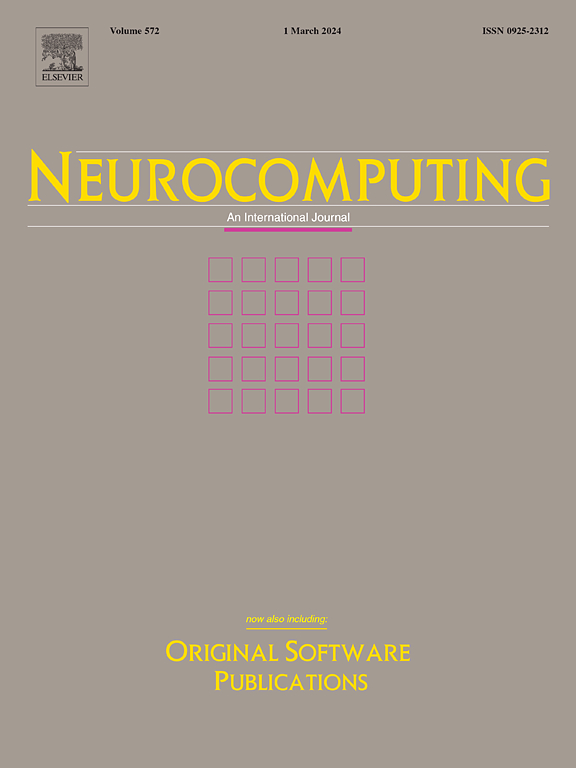Meta-learning-based delayless subband adaptive filter using complex self-attention for active noise control
IF 5.5
2区 计算机科学
Q1 COMPUTER SCIENCE, ARTIFICIAL INTELLIGENCE
引用次数: 0
Abstract
Active noise control typically employs adaptive filtering to generate secondary noise, where the least mean square algorithm is the most widely used. However, traditional updating rules are linear and exhibit limited effectiveness in addressing nonlinear environments and nonstationary noise. To tackle this challenge, we reformulate the active noise control problem as a meta-learning problem and propose a meta-learning-based delayless subband adaptive filter with deep neural networks. The core idea is to utilize a neural network as an adaptive algorithm that can adapt to different environments and types of noise. The neural network is trained under noisy observations, implying that it recognizes the optimized updating rule without true labels. A single-headed attention recurrent neural network is devised with learnable feature embedding to update the adaptive filter weight efficiently, enabling accurate computation of the secondary source to attenuate the unwanted primary noise. In order to relax the time constraint on updating the adaptive filter weights, the delayless subband architecture is employed, which will allow the system to be updated less frequently as the downsampling factor increases. In addition, the delayless subband architecture does not introduce additional time delays in active noise control systems. A skip updating strategy is introduced to decrease the updating frequency further, enabling machines with limited resources to adopt our meta-learning-based model. Extensive multi-condition training ensures generalization and robustness against various types of noise and environments. Simulation results demonstrate that the proposed model achieves lower steady-state error than competitors.
基于元学习的复杂自关注无延迟子带自适应滤波器的主动噪声控制
主动噪声控制一般采用自适应滤波产生二次噪声,其中应用最广泛的是最小均方算法。然而,传统的更新规则是线性的,在处理非线性环境和非平稳噪声时效果有限。为了解决这一挑战,我们将主动噪声控制问题重新表述为元学习问题,并提出了一种基于元学习的深度神经网络无延迟子带自适应滤波器。其核心思想是利用神经网络作为一种自适应算法,可以适应不同的环境和类型的噪声。神经网络是在噪声观测下训练的,这意味着它在没有真标签的情况下识别出优化后的更新规则。采用可学习的特征嵌入设计了单头注意力递归神经网络,有效地更新自适应滤波器权值,实现了二次源的精确计算,从而减弱了不需要的主噪声。为了放宽自适应滤波器权值更新的时间限制,采用了无延迟子带结构,随着下采样因子的增加,系统的更新频率降低。此外,无延迟子带结构不会在主动噪声控制系统中引入额外的时间延迟。引入了跳过更新策略,进一步降低了更新频率,使资源有限的机器能够采用我们基于元学习的模型。广泛的多条件训练确保了对各种类型的噪声和环境的泛化和鲁棒性。仿真结果表明,该模型的稳态误差低于竞争对手。
本文章由计算机程序翻译,如有差异,请以英文原文为准。
求助全文
约1分钟内获得全文
求助全文
来源期刊

Neurocomputing
工程技术-计算机:人工智能
CiteScore
13.10
自引率
10.00%
发文量
1382
审稿时长
70 days
期刊介绍:
Neurocomputing publishes articles describing recent fundamental contributions in the field of neurocomputing. Neurocomputing theory, practice and applications are the essential topics being covered.
 求助内容:
求助内容: 应助结果提醒方式:
应助结果提醒方式:


